US Cities Where Canadian Wildfires Are Destroying Air Quality
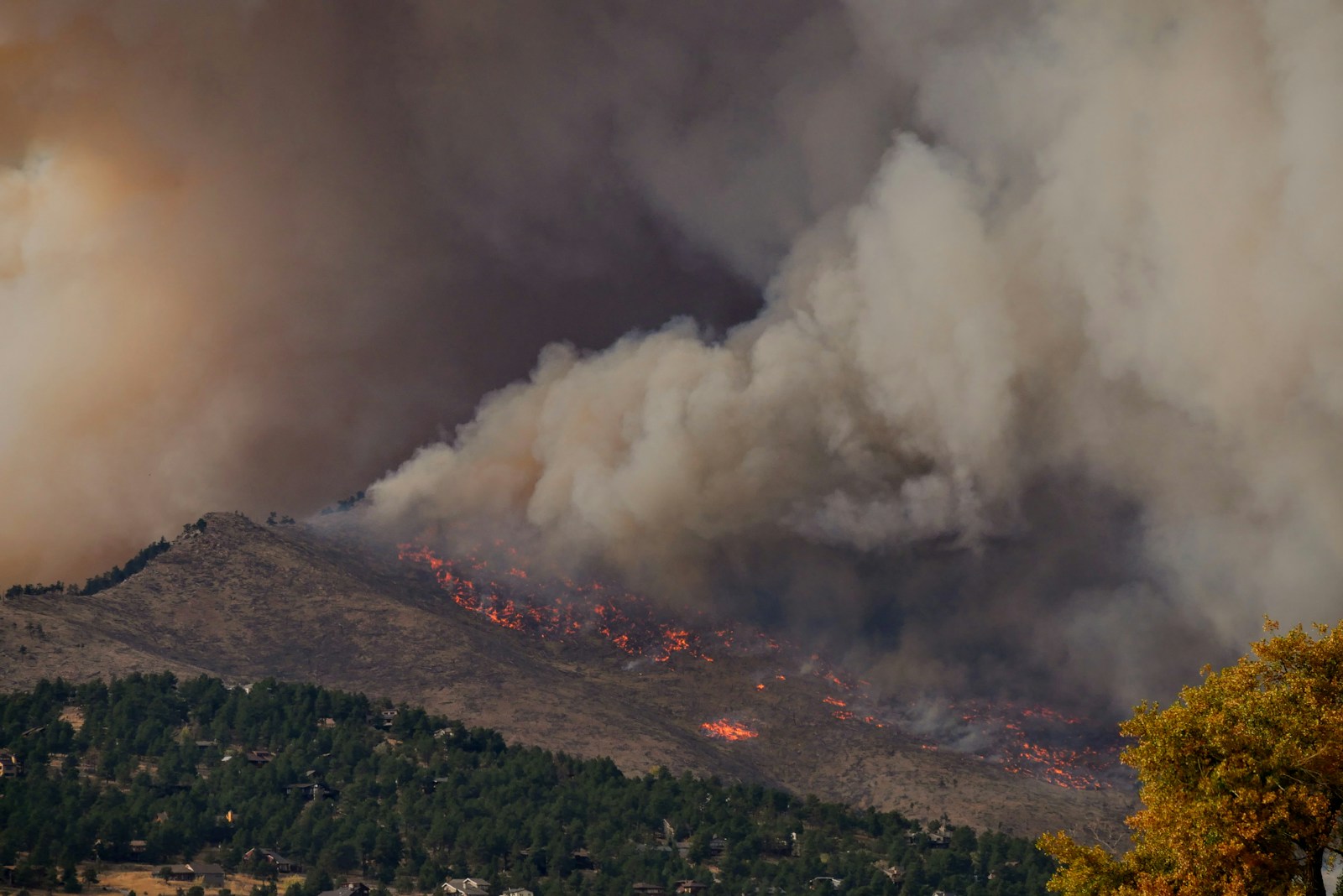 https://climatecrisis247.com/wp-content/uploads/2025/07/hvh7brp3ls-1-150x150.jpg
https://climatecrisis247.com/wp-content/uploads/2025/07/hvh7brp3ls-1-150x150.jpgWith two months remaining in the wildfire season, 2025 is already on track to be the second worst year on record for wildfires in Canada. As of late July, thousands of fires had burned through nearly 15 million acres – an area roughly the size of West Virginia – across the provinces of Alberta, British Columbia, Manitoba, and Saskatchewan, as well as the Northwest Territories.
While the fires themselves have remained north of the U.S.-Canada border, the smoke emitted from them has not. Wildfire smoke contains large quantities of fine particulate matter – a mixture of pollutants with a diameter of 2.5 micrometers or less, known as PM2.5. In high concentrations, PM2.5 has been linked to asthma attacks, acute and chronic bronchitis, problems with the heart and lungs, and premature mortality.
The Air Quality Index, or AQI, is a standardized indicator of the concentration of pollutants, including PM2.5, suspended in the air, measured on a scale of 0 to 500. When the AQI reaches 101, the air is considered unhealthy for sensitive groups, including children and older adults. An AQI above 150 indicates the air can be unhealthy for the general public, and an AQI above 200 is considered very unhealthy. Now, in several cities across the Midwestern United States, levels of PM2.5 that have been released into the atmosphere by the fires have pushed the AQI well into the triple-digits, posing a potentially serious public health risk.
Using data from IQAir, an air quality research organization, Climate Crisis 247 identified the U.S. cities where wildfires are destroying air quality. We reviewed the 10 U.S. cities with the highest AQI score as of July 31, 2025. AQI scores are updated in real-time and the numbers in this story offer a snapshot of air quality at midday. Supplemental population data are five-year estimates from the U.S. Census Bureau’s 2023 American Community Survey.
The cities on this list span four states – Illinois, Iowa, Michigan, and Wisconsin – and are collectively home to nearly 1.2 million people.
10. Clinton, Iowa

- Air Quality Index score on July 31, 2025: 167 out of 500 (Unhealthy)
- Local population: 24,425
9. Marquette, Michigan

- Air Quality Index score on July 31, 2025: 168 out of 500 (Unhealthy)
- Local population: 20,691
8. Houghton, Michigan

- Air Quality Index score on July 31, 2025: 172 out of 500 (Unhealthy)
- Local population: 8,341
7. Evanston, Illinois
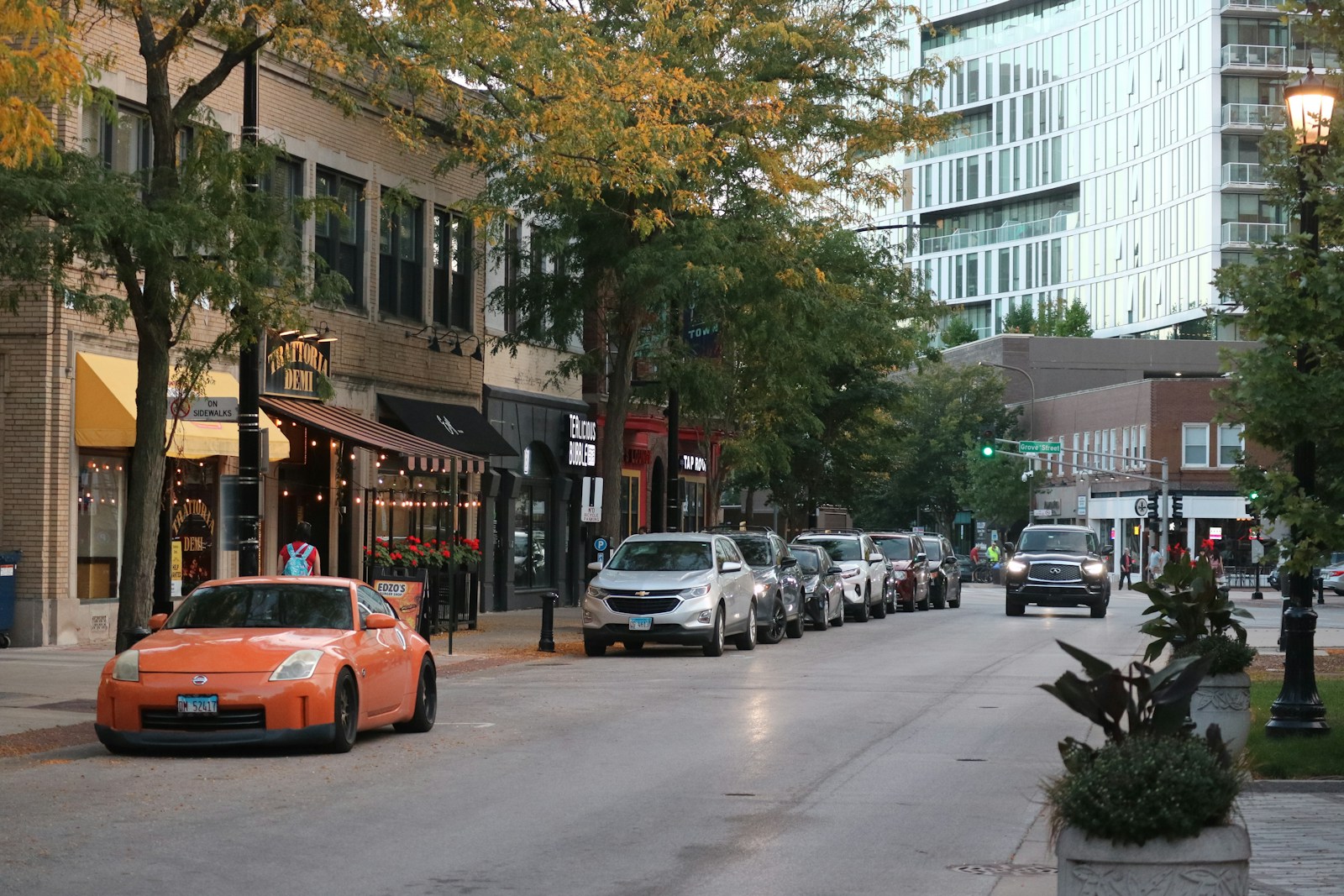
- Air Quality Index score on July 31, 2025: 177 out of 500 (Unhealthy)
- Local population: 76,552
6. Madison, Wisconsin
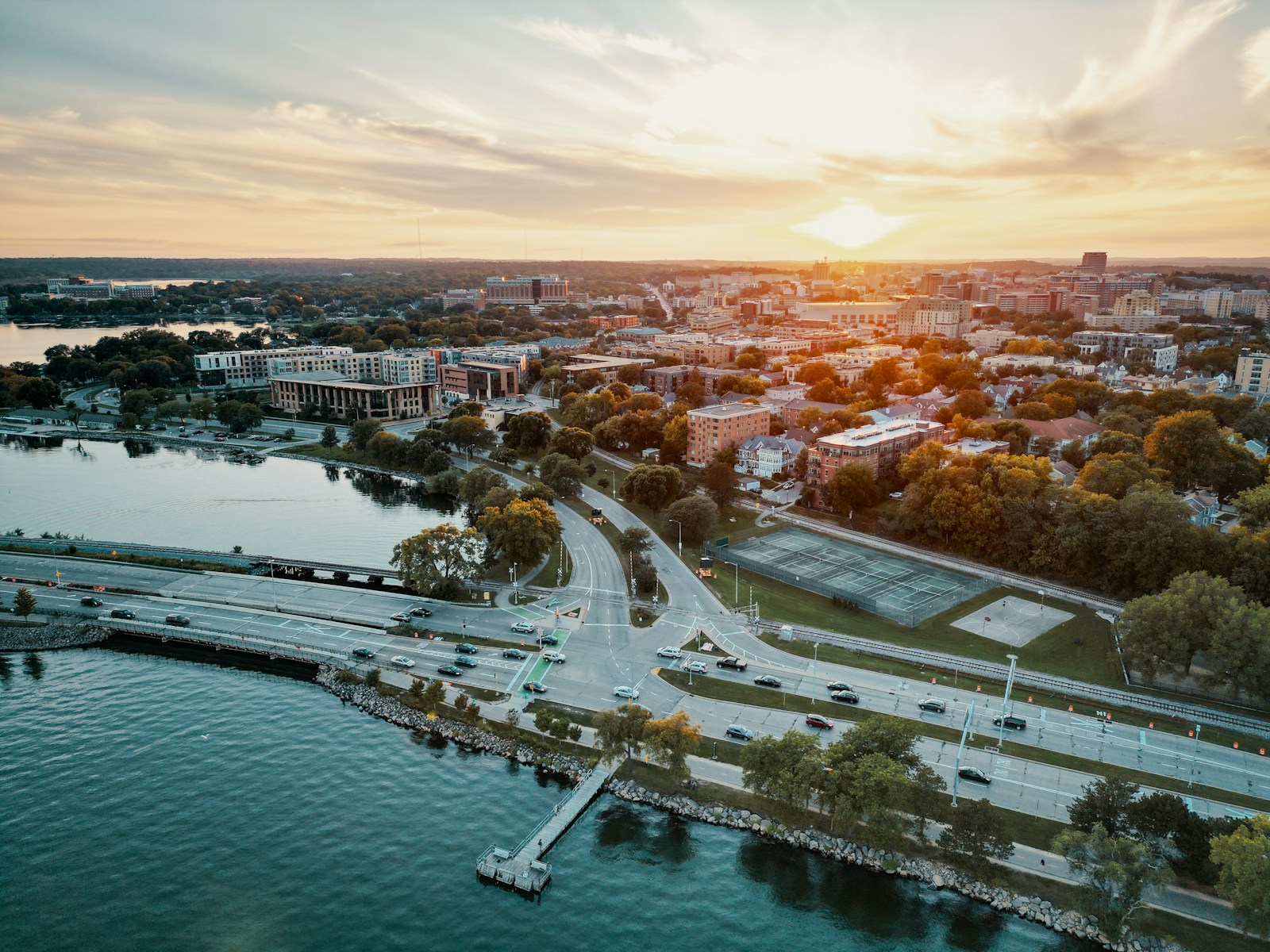
- Air Quality Index score on July 31, 2025: 178 out of 500 (Unhealthy)
- Local population: 275,568
5. Waukesha, Wisconsin
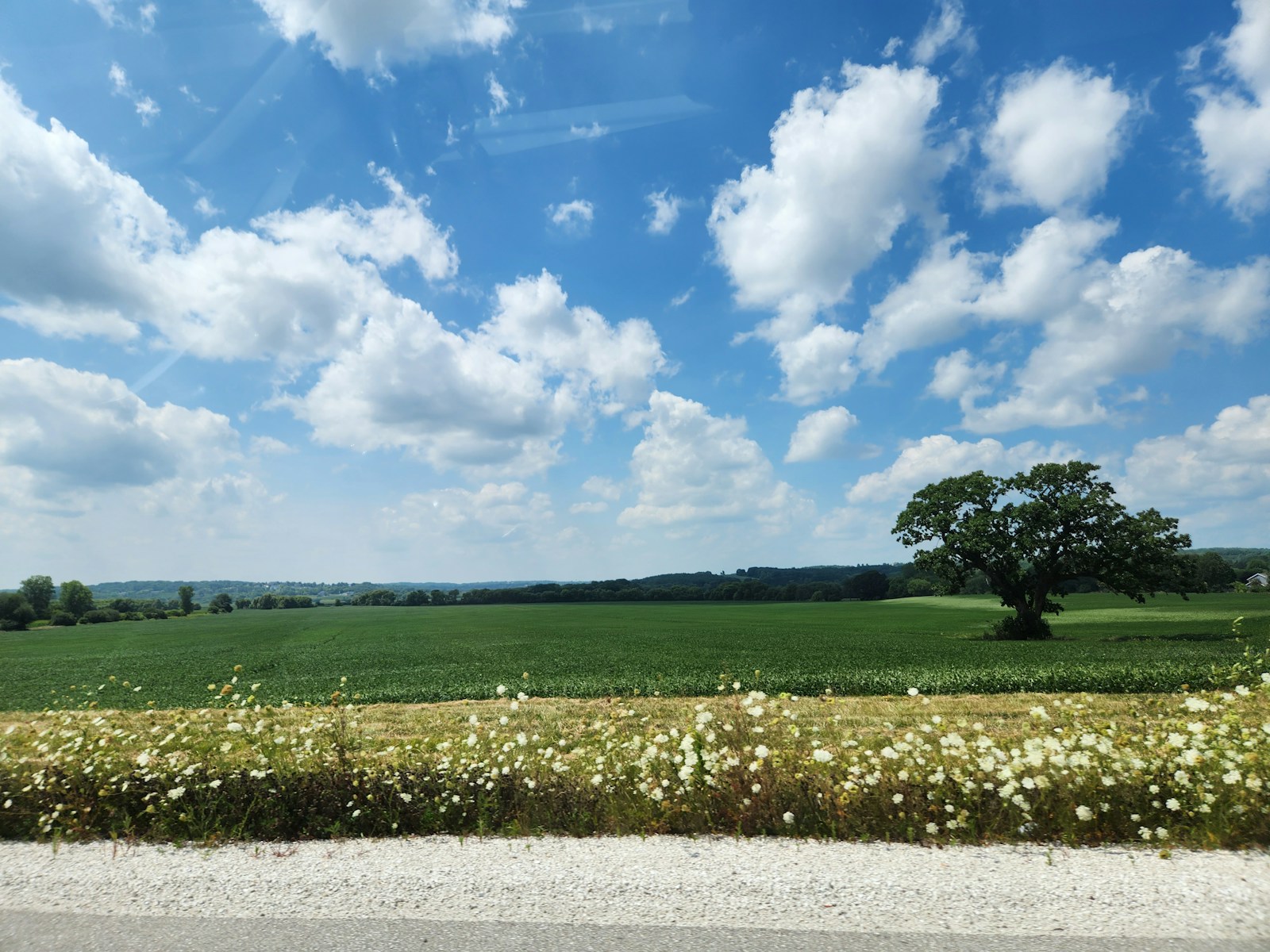
- Air Quality Index score on July 31, 2025: 188 out of 500 (Unhealthy)
- Local population: 70,779
4. Stockton, Illinois

- Air Quality Index score on July 31, 2025: 189 out of 500 (Unhealthy)
- Local population: 1,867
3. Beloit, Wisconsin
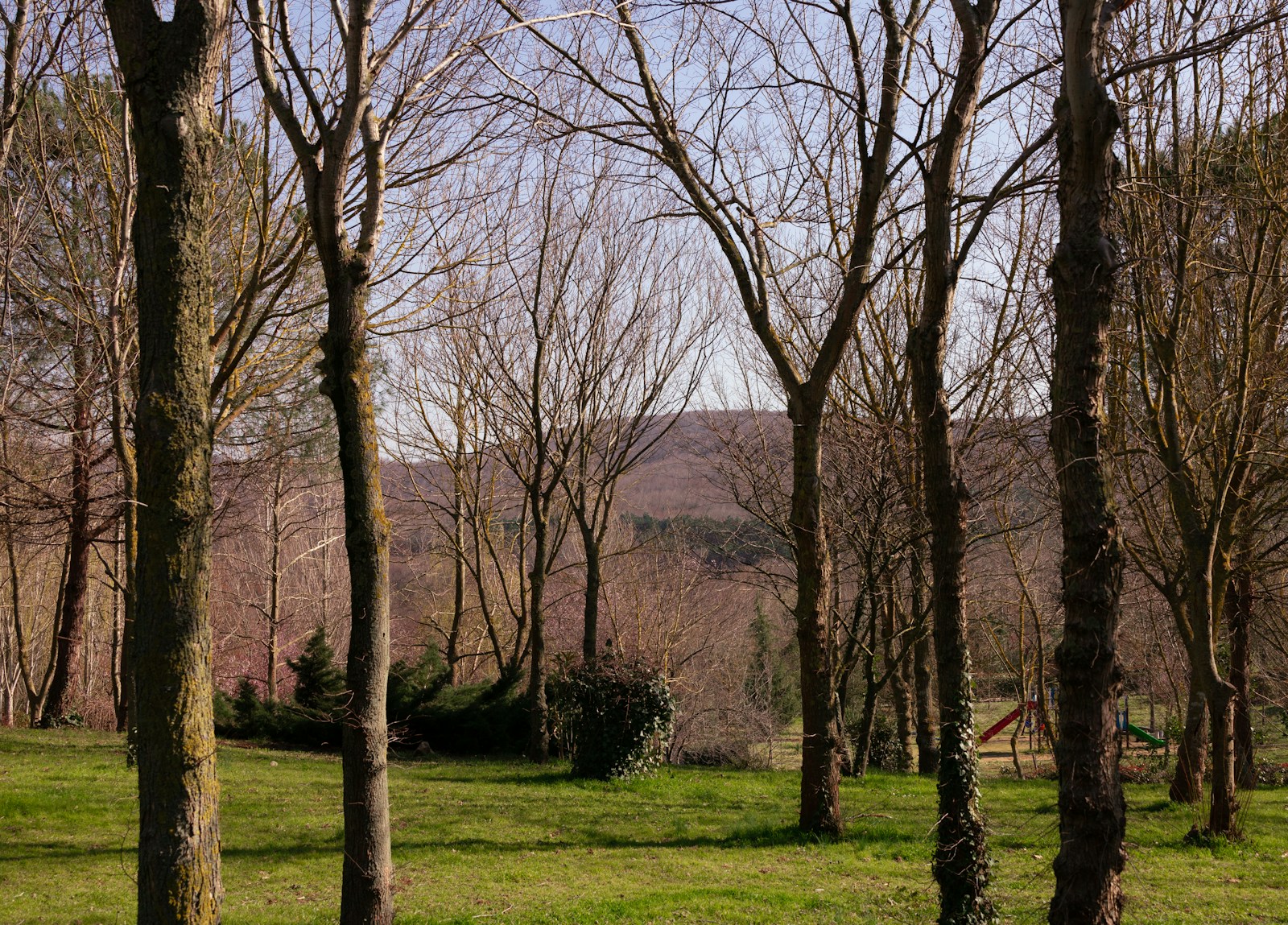
- Air Quality Index score on July 31, 2025: 189 out of 500 (Unhealthy)
- Local population: 36,554
2. Milwaukee, Wisconsin

- Air Quality Index score on July 31, 2025: 201 out of 500 (Very unhealthy)
- Local population: 569,756
1. Green Bay, Wisconsin
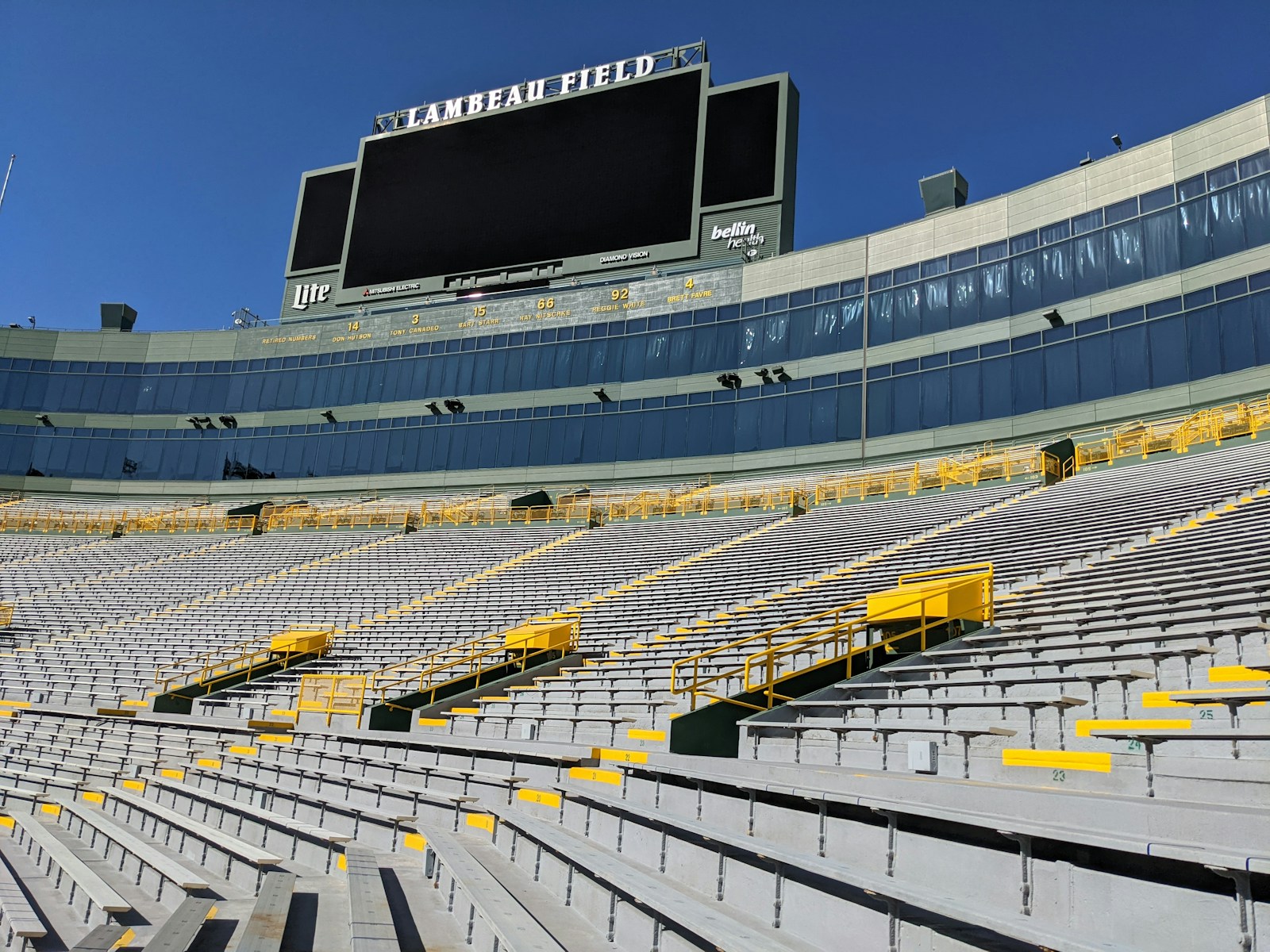
- Air Quality Index score on July 31, 2025: 208 out of 500 (Very unhealthy)
- Local population: 106,585
More from ClimateCrisis 247
- A Severe Hail Storm Could Hit These Cities This Weekend
- New York, Philadelphia & 23 Other Cities Facing an Extreme Flood Threat This Weekend
- America’s Water Crisis: Cities Where Water Demand Far Outpaces Supply
- Extreme Weather Is Cancelling Many Events: These Are the Latest
